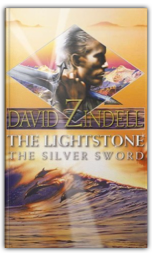
David Zindell's massive epic fantasy The Lightstone is only the first volume of The Ea Cycle and is characterised by the same grandeur and vividly imagined scenes of glory and dismay as his space operas—the sequence which starts with Neverness. Like them, it is remarkable for scale, ambition and a capacity to evoke sinister beauty; in their case a thousand exploding suns; here a desperate battle in the underground throne room of a Dark Lord and the burning of a great library. There is a sense in which this is fantasy-by-numbers—young prince Val is sent on a quest for the long-lost Lightstone—the cure for the world's pain. He is harassed in his dreams by a demon who was once a bright being and is joined by companions who collect magical bric-a-brac as they go. Zindell though, is trying to work with the inherent strengths of mythic structure, bringing to the tale a sense of urgency and spiritual depth, rather than cynically exploiting the clichés. Val is a man who lives consciously with the myths he is re-enacting—heroism is not just heroic acts but an emotional space that goes with the acquisition of doomed love and mortal enemies. This is an impressive start to an interesting cycle. —Roz Kaveney 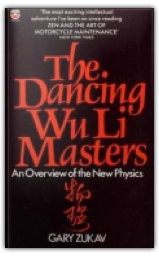
At an Esalen Institute meeting in 1976, Tai chi master Al Huang said that the Chinese word for physics is Wu Li, "patterns of organic energy." Journalist Gary Zukav and the others present developed the idea of physics as the dance of the Wu Li Masters—the teachers of physical essence. Zukav explains the concept further: |

Mike Scott
Collection Total:
4227 Items
4227 Items
Last Updated:
Feb 21, 2010
Feb 21, 2010
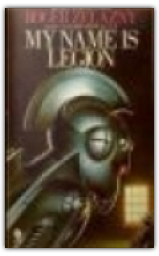

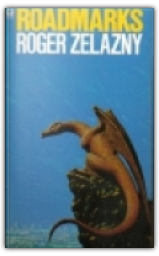
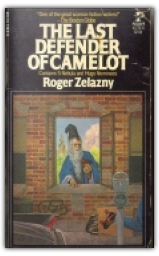
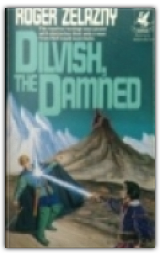
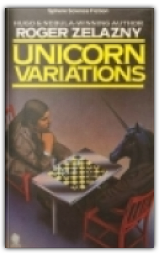
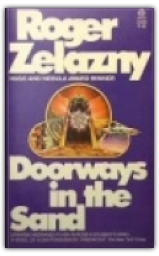
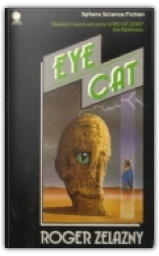
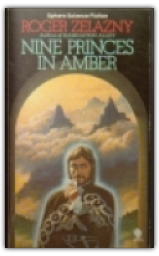

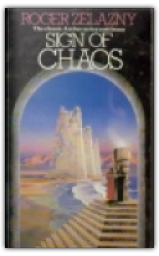
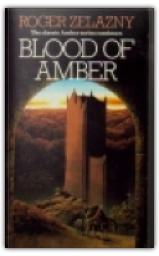
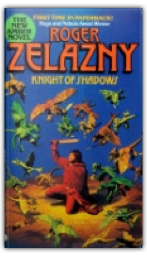
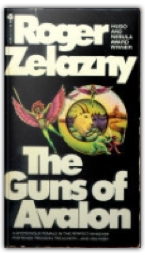
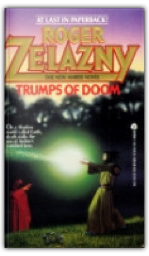
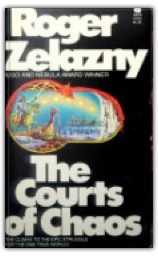
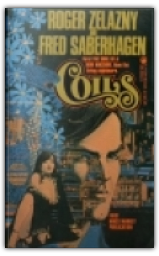
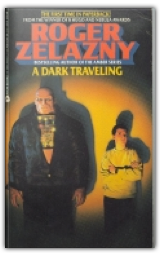
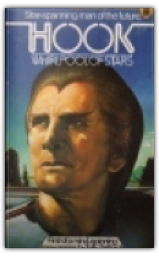
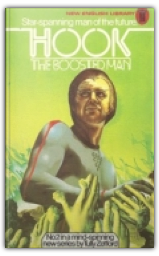
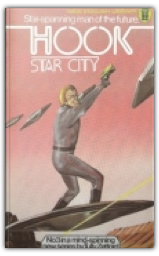
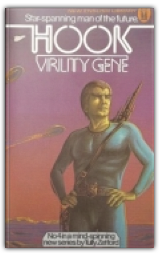
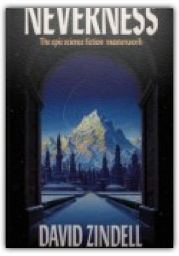
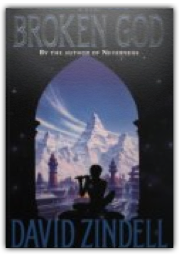
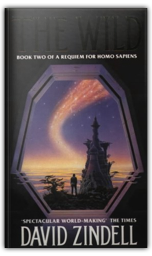
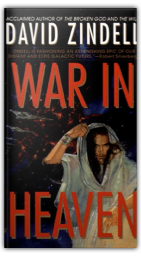
 Made with Delicious Library
Made with Delicious Library